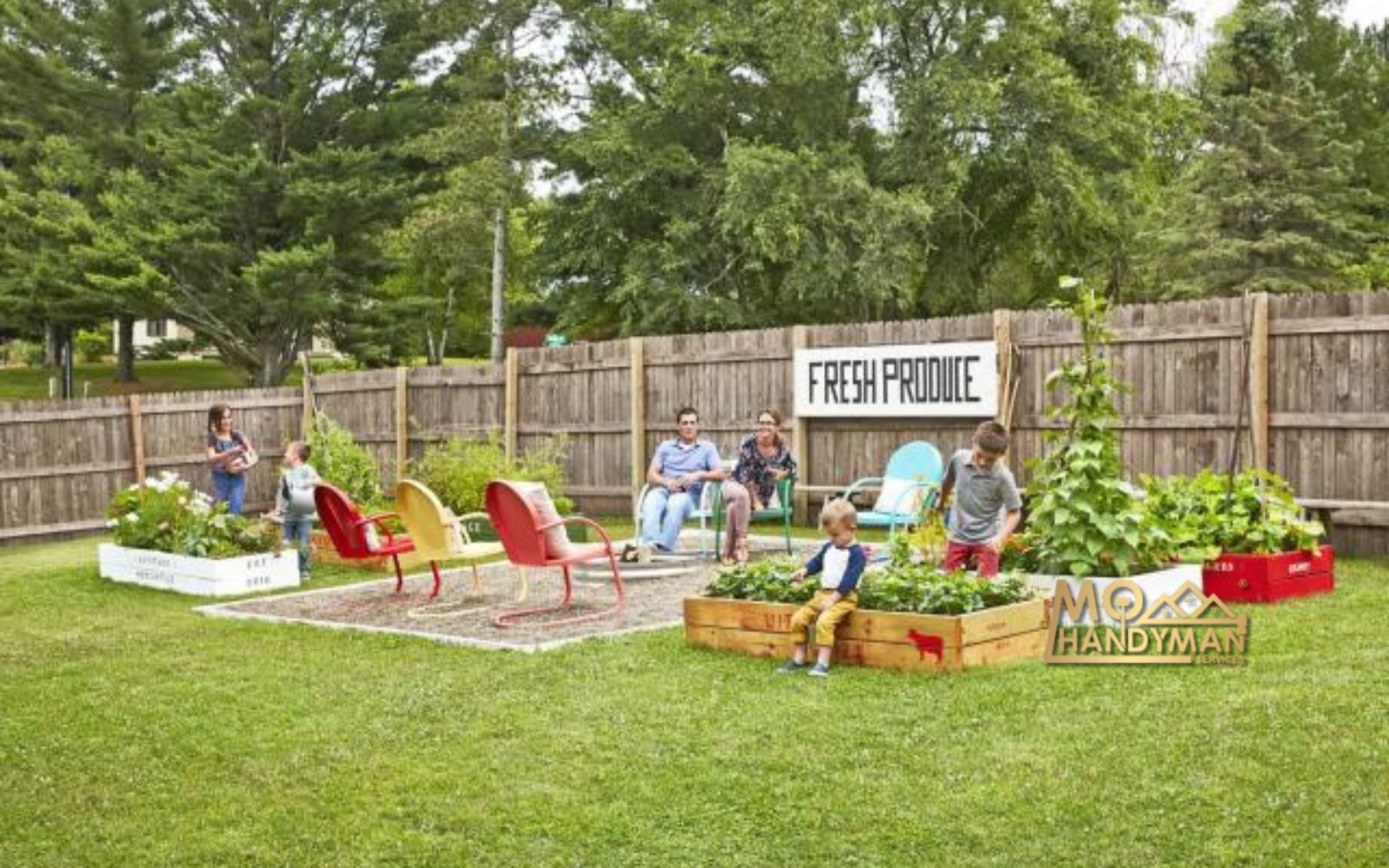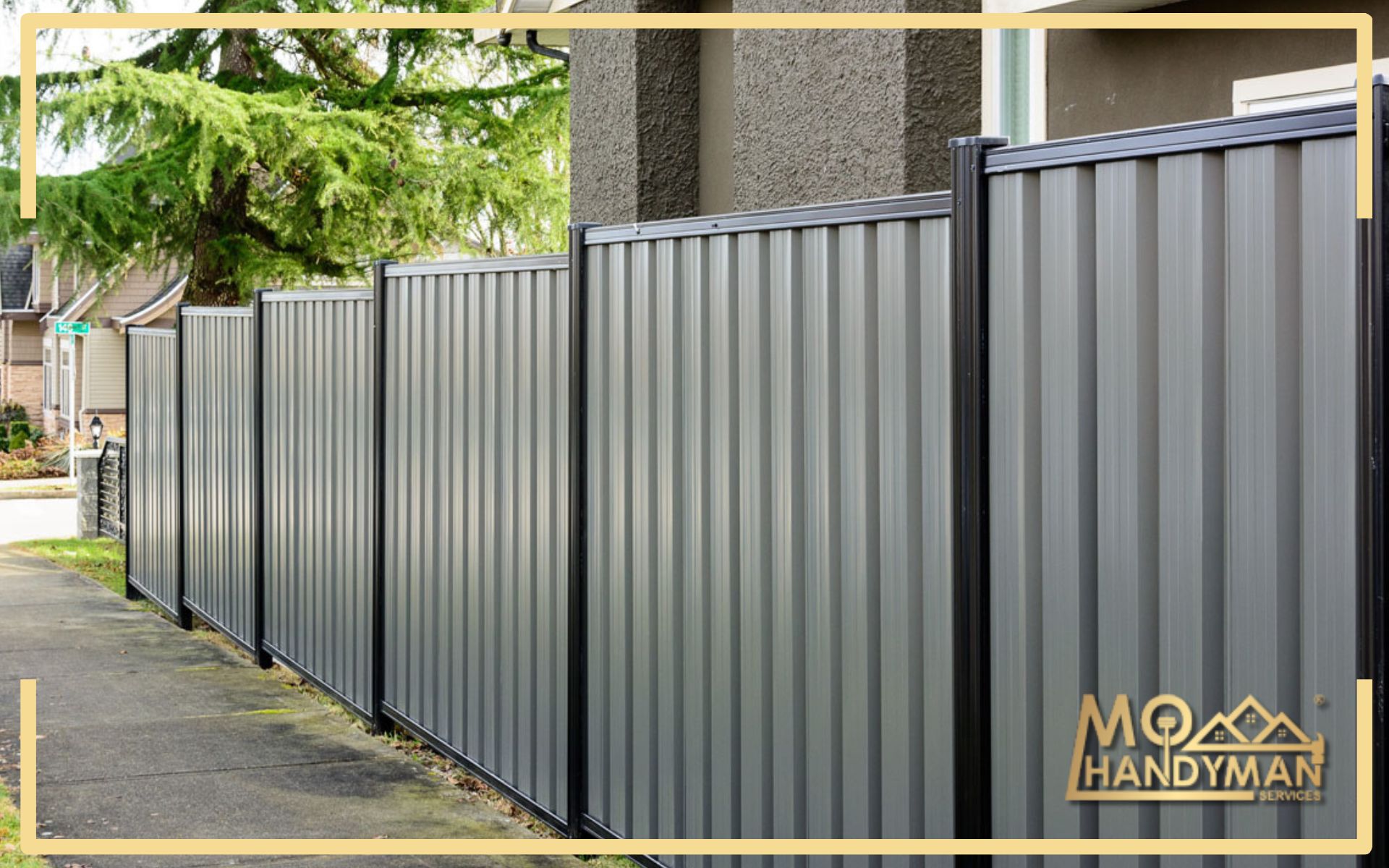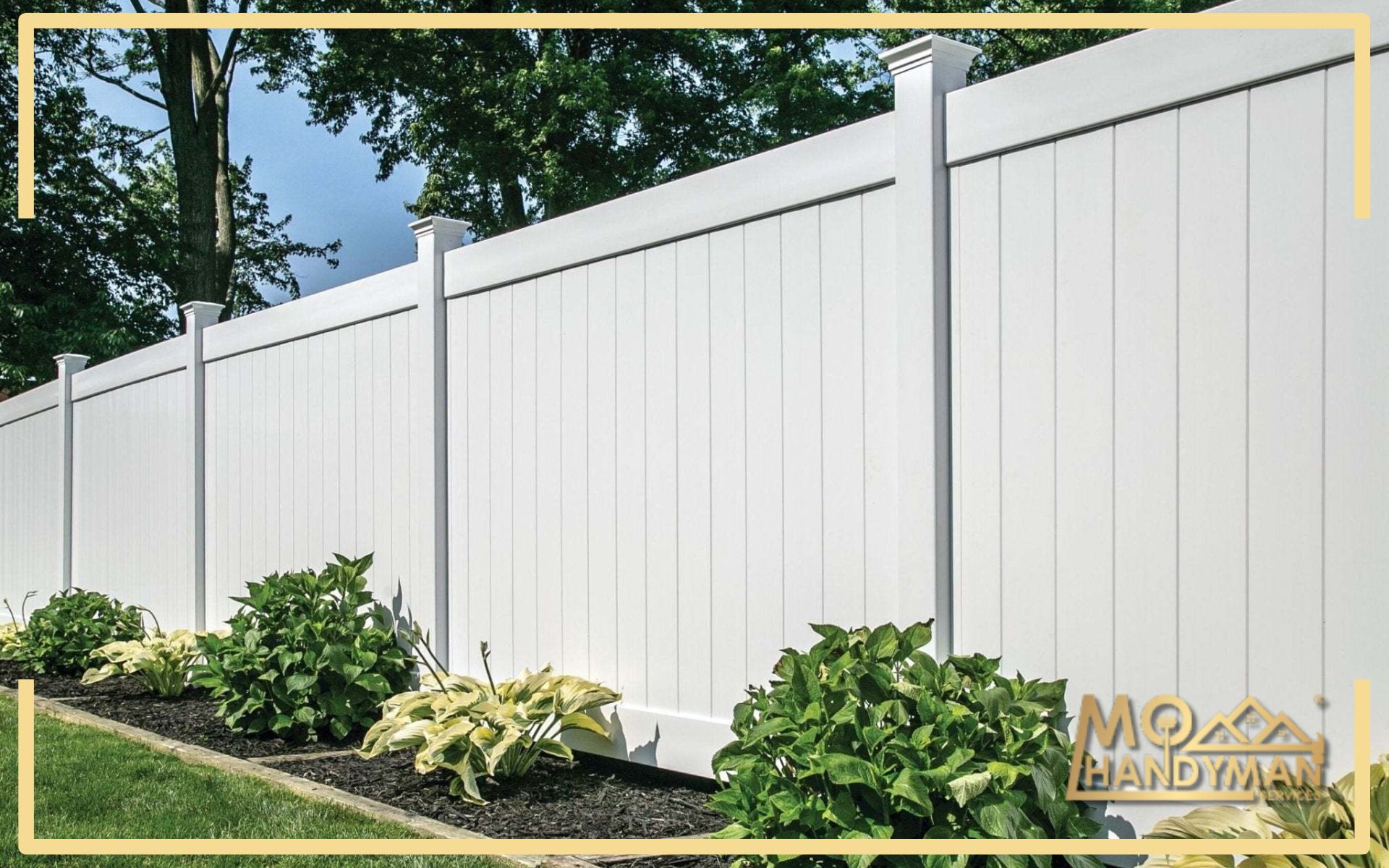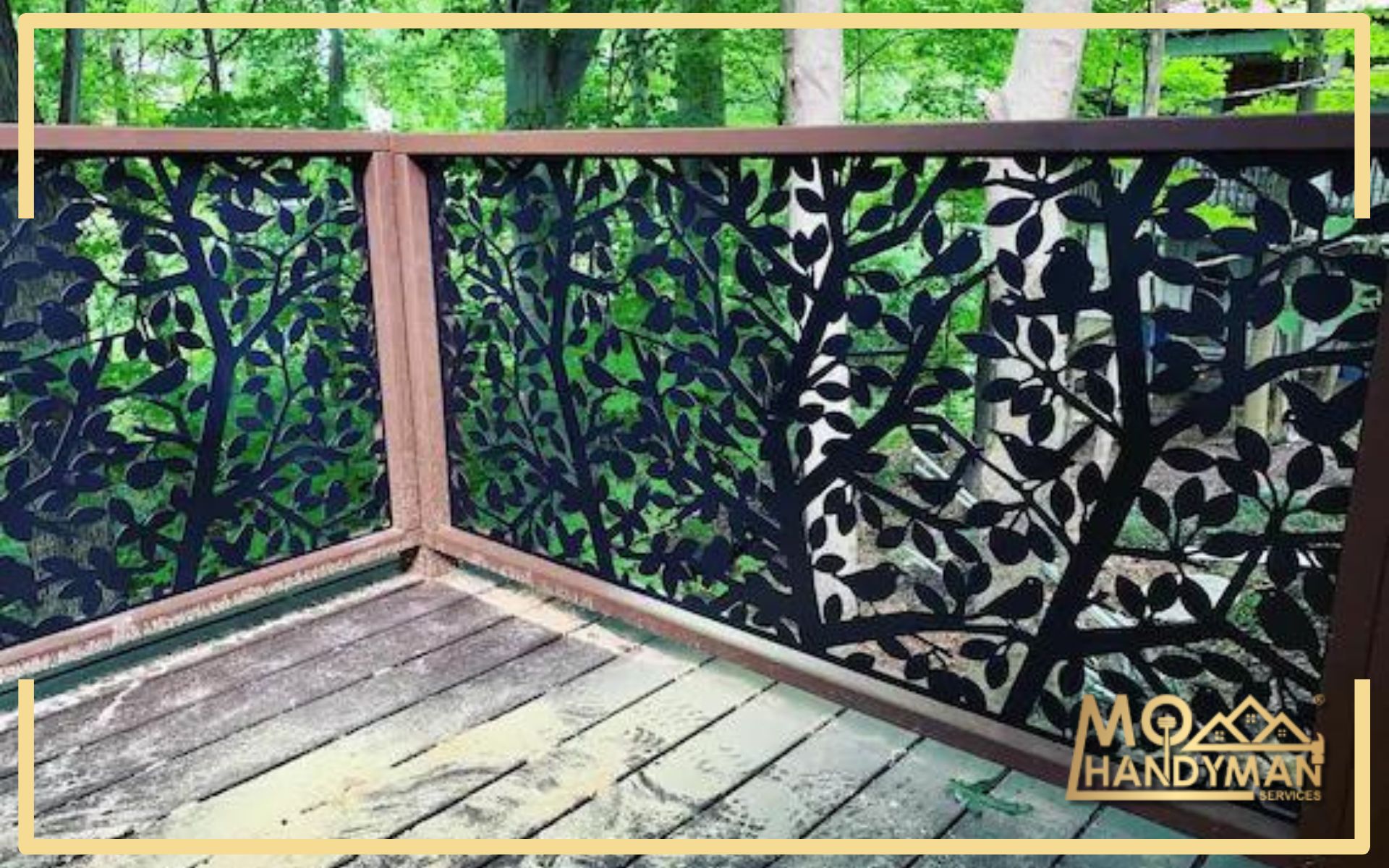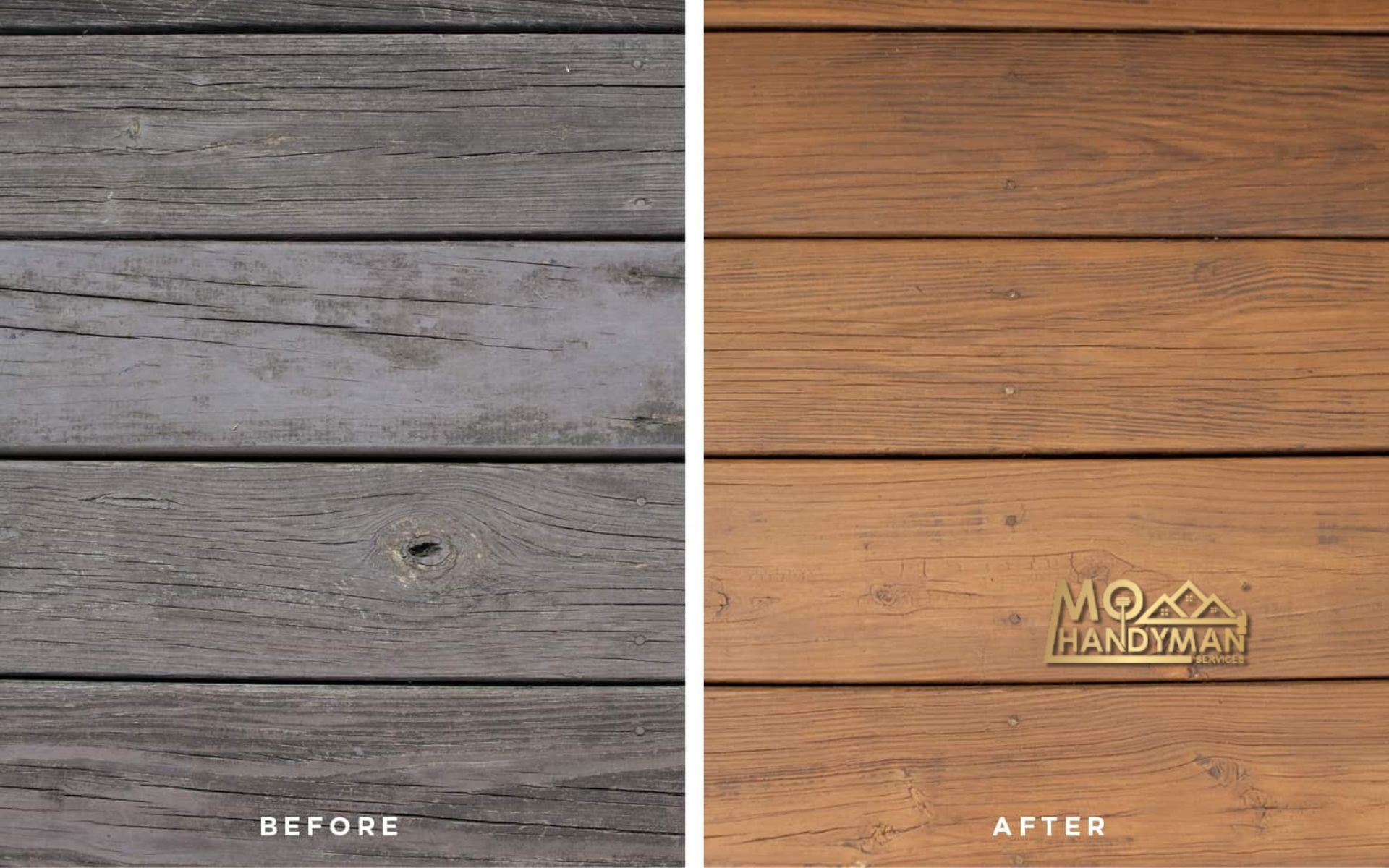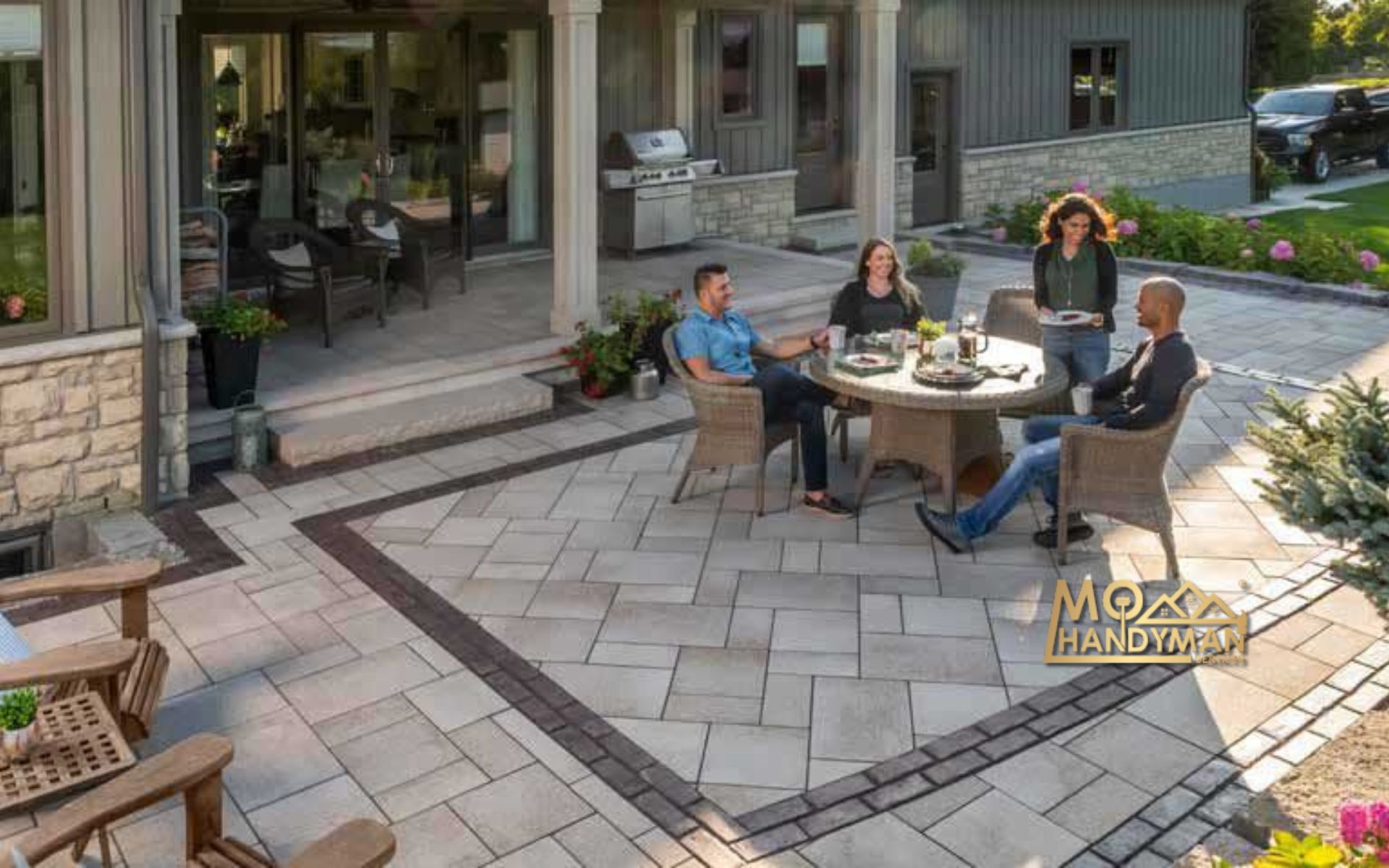When it comes to securing your property and adding aesthetic appeal, the choice of fencing materials can be as critical as the design itself. Homeowners and property managers often consider various factors such as cost, durability, maintenance, and style when comparing fence materials. Wood, vinyl, and metal fences are popular options, each with its unique properties. In this blog, we will delve into the differences, highlight the best fence materials, and review the pros and cons. Our aim is to help you in choosing the right fence material for your home by providing a comprehensive fence material comparison guide.
What are the differences between wood, vinyl, and metal fences?
To begin, understanding the key distinctions among wood, vinyl, and metal fences is fundamental. These materials vary greatly in their natural appearance, care requirements, and longevity, which often influence homeowners’ decisions.
Wood Fence Advantages
Wood fences are classic, providing a traditional and natural look. They blend effortlessly with most landscaping and can be painted or stained to match any aesthetic. Wood is also relatively easy to cut and shape, offering flexibility in fence design.
Vinyl Fence Benefits
Vinyl fencing is a modern alternative known for its ease of maintenance and long lifespan. It doesn’t require painting or staining and resists pest infestation and harsh weather. Vinyl fences come in various styles, including those that mimic the look of wood.
Metal Fence Features
Metal fences are sturdy and offer a level of security that is harder to breach than other materials. They often give a sleek, elegant look and can be designed in various ways. Metal, such as aluminum or wrought iron, is favored for its durability and minimal upkeep.
Which fence material is the most durable?
Durability is a crucial factor when determining the best fence materials. Metal fences usually take the lead here, with aluminum and wrought iron known for their longevity and resilience. Vinyl follows closely, as it doesn’t rot or corrode. Wood fences can be long-lasting with proper maintenance but generally have a shorter lifespan than metal or vinyl.
The Ultimate Fence Material Comparison Guide
Now, let’s explore the fence material comparison guide, which addresses the specifics of durability, and utility when it comes to wood vs. vinyl vs. metal fences.
Wood Fences: A Touch of Tradition
Pros of Wood Fences:
- Customizable Shapes and Sizes
- Natural Look and Feel
- Potential for Personalization
Cons of Wood Fences:
- Regular Maintenance Needed
- Susceptible to Weather and Pests
- Limited Lifespan Compared to Metal and Vinyl
For a detailed comparison, visit Mo Handyman, who offers residential services that can further tailor wood fencing to your needs.
Vinyl Fences: Ease and Efficiency
Pros of Vinyl Fences:
- Minimal Maintenance Required
- Weather and Pest Resistant
- Eco-Friendly Options Available
Cons of Vinyl Fences:
- Limited in Color and Texture Choices
- Slightly More Expensive Upfront Cost
- Can Be Brittle in Extreme Cold
Metal Fences: The Fortified Choice
Pros of Metal Fences:
- Strong and Secure
- Resistant to Rot and Pests
- Offers a Range of Design Options
Cons of Metal Fences:
- May Be Prone to Rust (unless treated)
- Higher Cost Than Wood or Vinyl
- Less Privacy Offered
How do I choose the right fence material for my home?
Choosing the right fence material for your home involves balancing several factors, including budget, climate, privacy needs, and aesthetic preference.
- Assess Your Budget: Review the initial costs and long-term expenses of each material to make an informed decision that fits your budget.
- Consider Maintenance: Think about how much time and effort you are willing to invest in the upkeep of your fence.
- Evaluate Climate: Certain materials fare better in different climates. Metal can handle variable weather, while wood might suffer in extremely wet or dry conditions. Vinyl stands up well in most climates but can become brittle in extreme cold.
- Define Your Style: Your fence should complement your property’s overall look. Choose a material that matches the architecture of your home and the surrounding landscape.
- Account for Privacy: Decide how much privacy you need. Wood offers the most, while metal fences typically provide less.
- Think of Durability: Reflect on the longevity of the material. A durable fence option, like metal or vinyl, could save you money in the long run.
- Research Local Rules and Regulations: Check any homeowner’s association guidelines or local ordinances that may restrict certain materials or styles.
For an array of fencing options and installation services, remember to explore Mo Handyman’s other services.
Pros and Cons of Fence Materials
Every material has its strengths and weaknesses. Here’s a broader look into the pros and cons of each fence material.
Durable Fence Options: A Closer Look
Metal fences are typically seen as the pinnacle of durability, followed by vinyl and wood. Let’s break down the key advantages and limitations of each.
- Metal Fences: Pros: Longevity, strength, and low maintenance. Cons: Susceptibility to rust (specifically, iron) and a higher price point.
- Vinyl Fences: Pros: Resistance to rotting and pests, and nearly zero maintenance. Cons: Cost, which can be higher than wood, and possible brittleness in cold weather.
- Wood Fences: Pros: Natural appearance and the ease of customization. Cons: Maintenance needs such as staining or sealing and vulnerability to weather and pests.
For a deeper look into how each fence material stands up to the elements and pests, check out this resource on fence material types.
Considering Environmental Impact: Sustainability in Fencing Choices
In today’s environmentally conscious landscape, considering the sustainability of fencing materials is paramount. While wood fences have traditionally been popular, their impact on forests raises concerns about deforestation and habitat loss. Conversely, vinyl and metal fences offer alternatives that can be more environmentally friendly. Vinyl fences, although made from PVC, can be recycled and have a longer lifespan, reducing the need for replacements. Metal fences, especially those made from recycled materials, contribute to sustainable practices. Additionally, exploring alternative materials such as bamboo or composite materials made from recycled plastics can further reduce environmental impact. By prioritizing sustainability in fencing choices, homeowners can not only enhance their property but also contribute positively to global conservation efforts, ensuring a greener future for generations to come.
Conclusion
When comparing fence materials, it’s clear that wood, vinyl, and metal each offer distinctive benefits and drawbacks. Wood provides a classic charm, vinyl offers low maintenance, and metal delivers unmatched durability and security. Understanding the differences between these materials, along with your specific needs and preferences, will guide you in choosing the right fence material for your home. Remember to take into account all aspects such as durability, maintenance, aesthetic appeal, and budget to ensure that your fencing choice serves you well for years to come.

